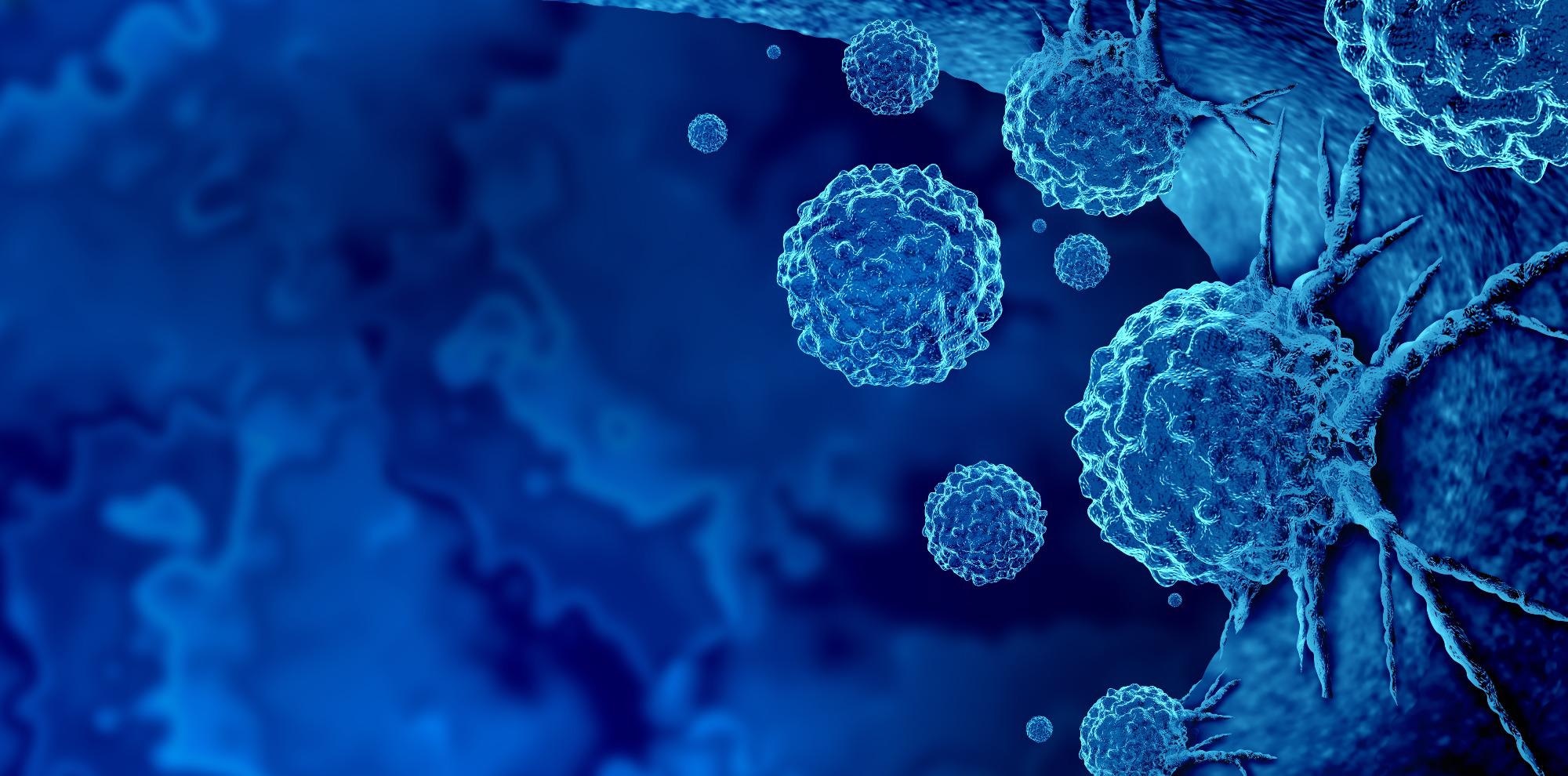Researchers at the University of Birmingham have identified a novel mechanism for cancer cells to repair DNA damage.

Image Credit: Lightspring/Shutterstock.com
These new results reveal a new approach for cancer cells to develop resistance to targeted therapies, as well as a new way for cancer cells to react to chemotherapy and radiotherapy. These findings might aid physicians in selecting cancer therapies that are better tailored to individual patients.
Repairing DNA damage is essential for cells to stay healthy and to avoid diseases like cancer from arising. Understanding how DNA repair occurs is critical for better understanding how cancer arises and how anti-cancer treatments like radiotherapy and chemotherapy may be utilized to produce DNA damage in cancer cells that destroy them.
A team of researchers from the University’s Institute of Cancer and Genomic Sciences found two proteins previously unknown in the DNA repair process in a report published (May 19th, 2022) in Molecular Cell.
These proteins, known as SETD1A and BOD1L, change other proteins called histones that are attached to DNA. By removing these two proteins, cancer cells become more vulnerable to radiotherapy and, their DNA is repaired differently. Cancer cells that lack SETD1A and BOD1L become resistant to PARP inhibitors, which are anti-cancer drugs.
This is the first time that these genes have been directly linked to DNA repair in cancer. This research has the potential to change how cancer patients are identified for treatment and also how they become resistant to different drugs, which will improve treatment efficiency as well as patient outcomes.”
Martin Higgs, Study Lead Author and Associate Professor, Institute of Cancer and Genomic Sciences, University of Birmingham
The researchers believe that their research will eventually lead to the development of novel inhibitors that will allow clinicians to re-sensitize cancers that have become resistant to particular treatments.
Source:
Journal reference:
Bayley, R., et al. (2022) H3K4 methylation by SETD1A/BOD1L facilitates RIF1-dependent NHEJ. Molecular Cell. doi.org/10.1016/j.molcel.2022.03.030.